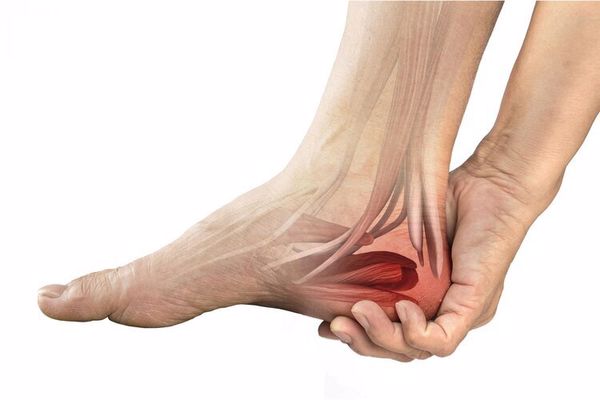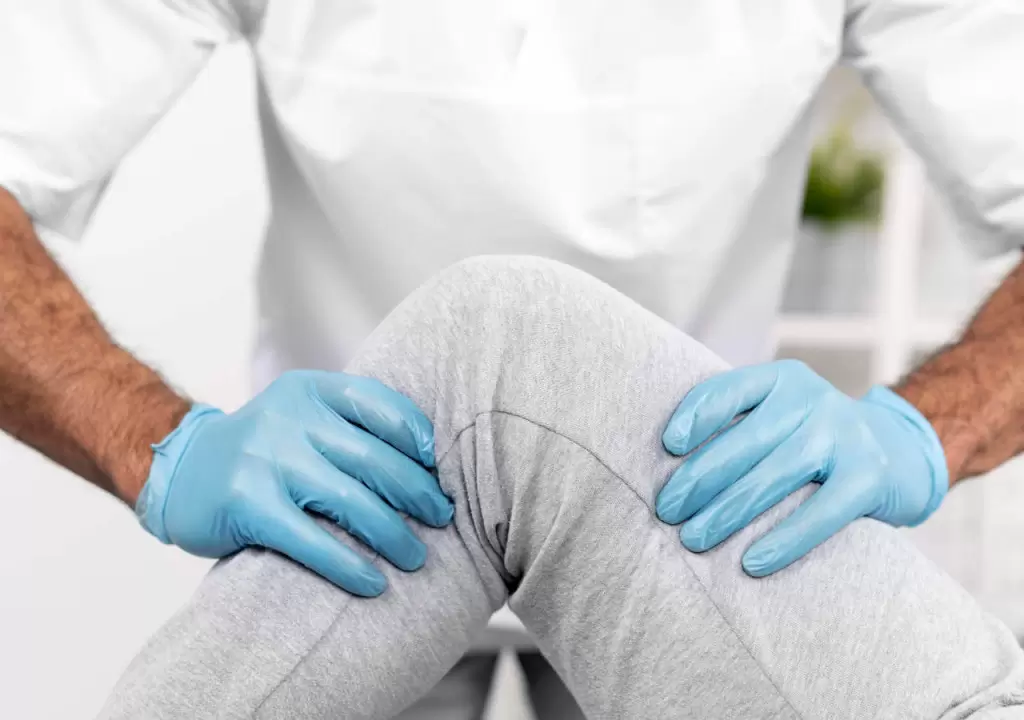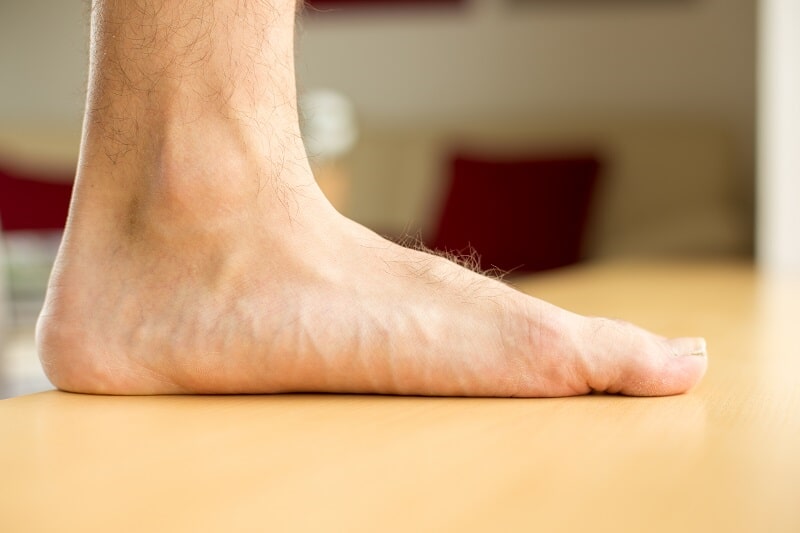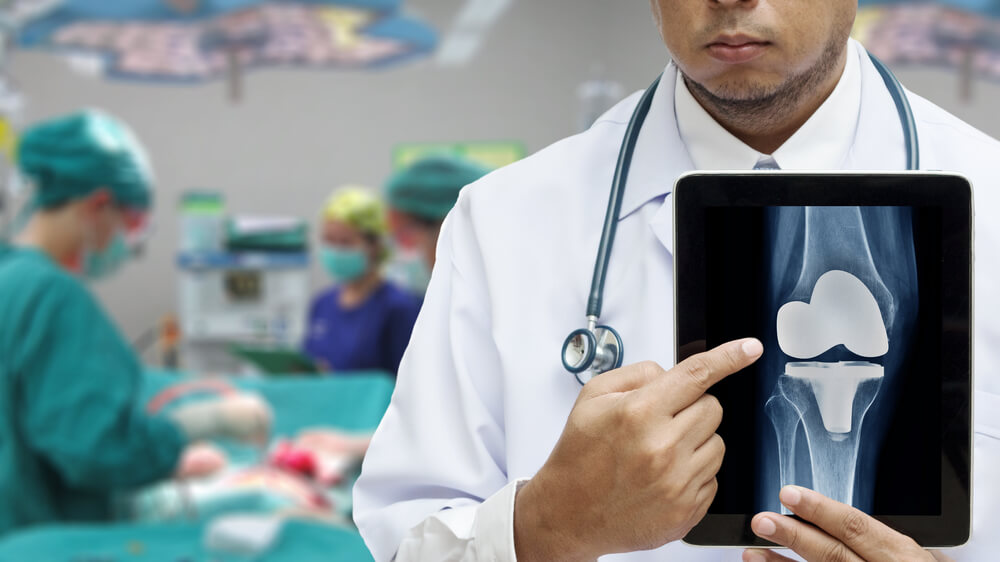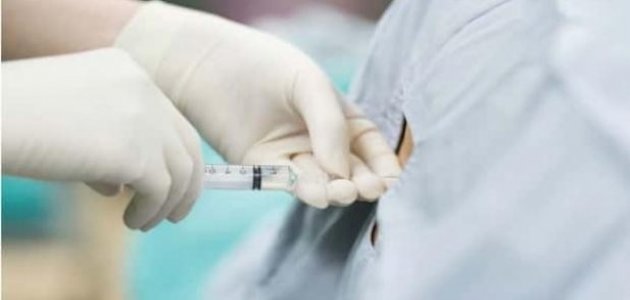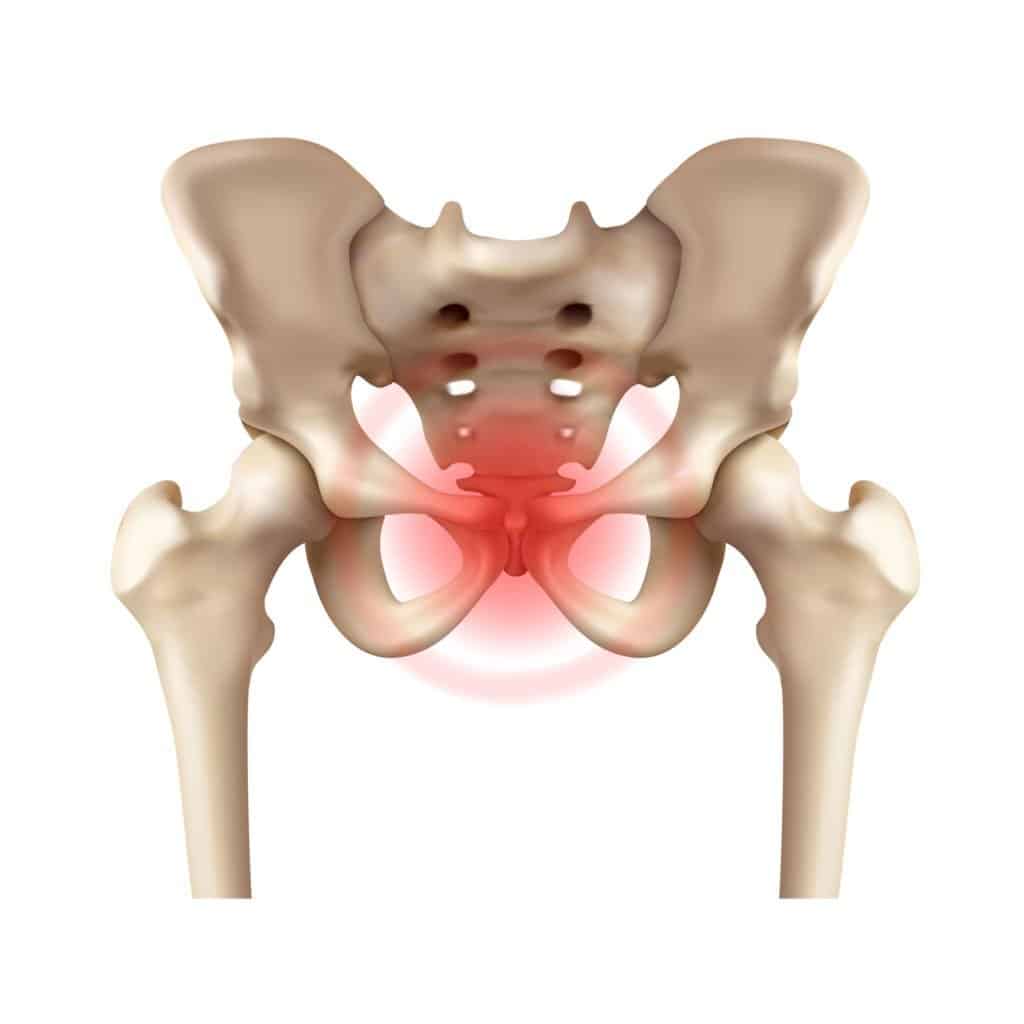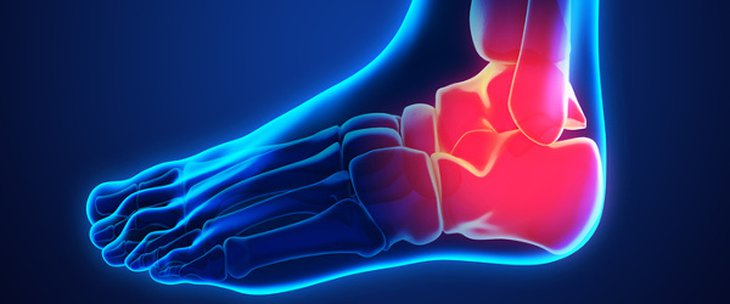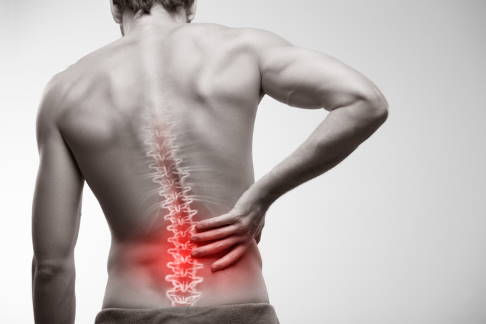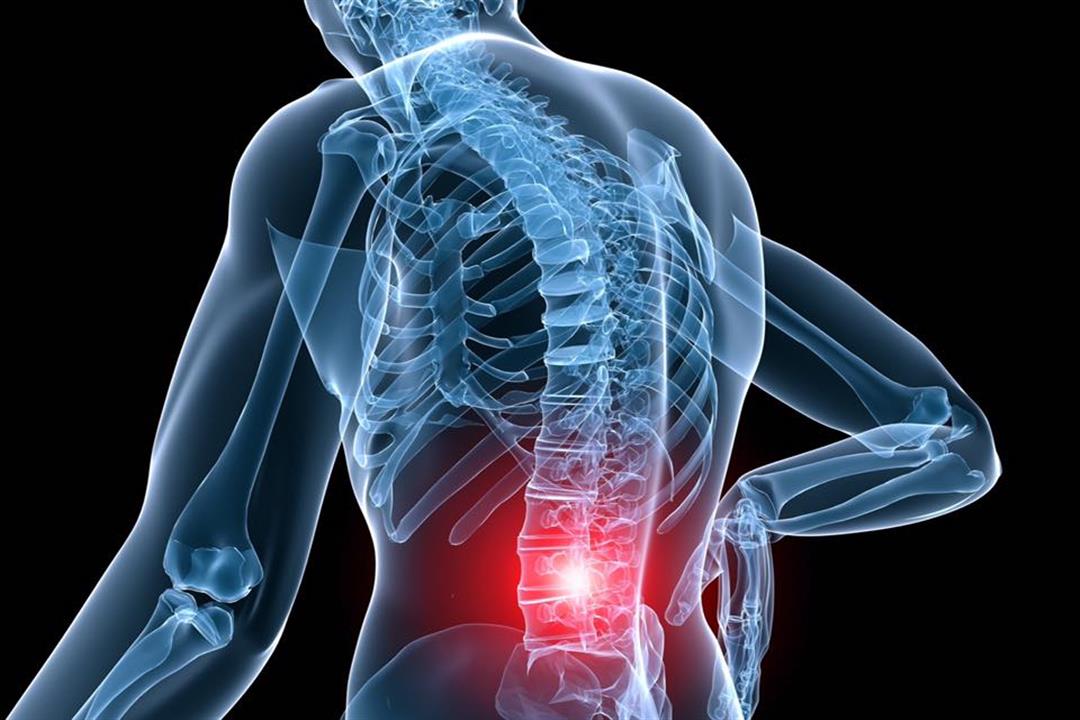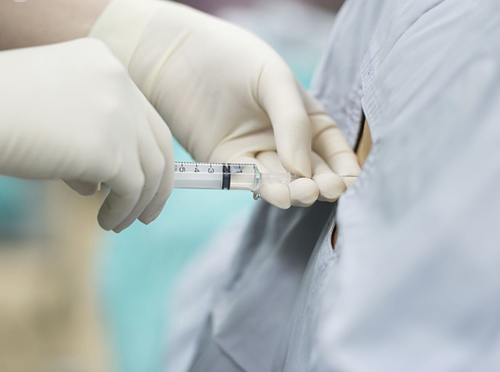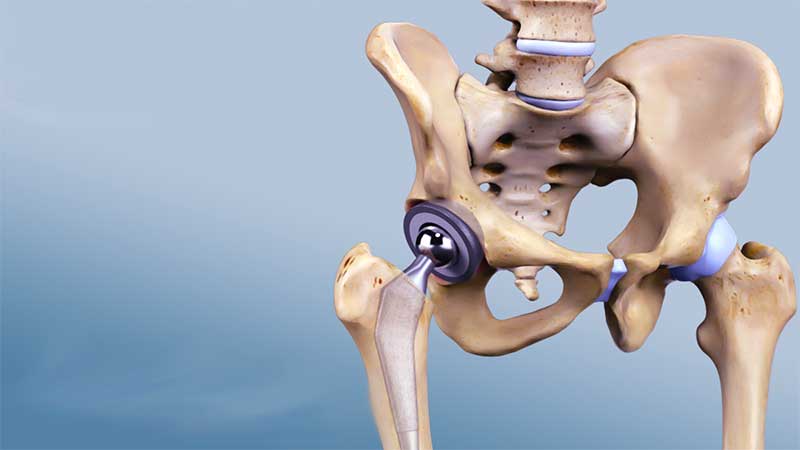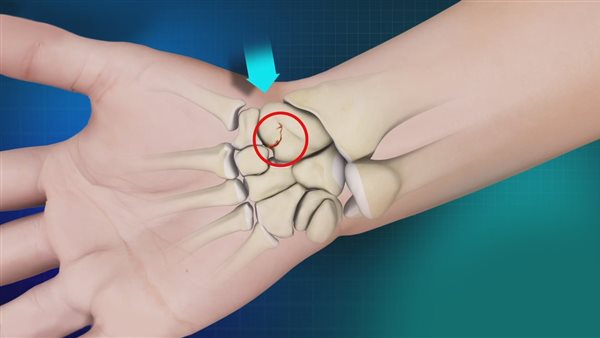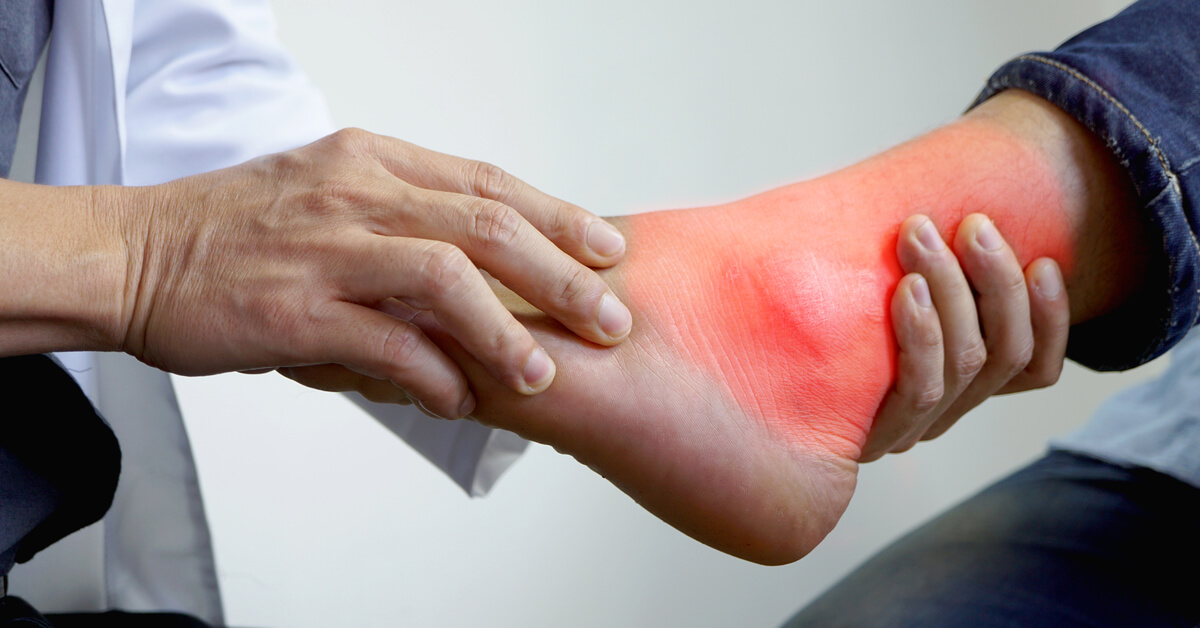Learn about the Ilizarov device and its most important and prominent types.Learn about the Ilizarov device and its most important and prominent types.
Ilizarov, thanks to technological advancements and innovation in the field of medicine and treatment, many cases that used to require surgical treatment now benefit from innovative non-surgical medical solutions, and among these solutions is the Ilizarov device. In this article, we will take an in-depth look at the Ilizarov device, explore how it works, and discover its benefits.

Ilizarov
Ilizarov is an external fixation device used in orthopedic surgery for bone lengthening, deformity correction, and the treatment of complex fractures and non-unions. It was developed by the Soviet physician Gavriil Abramovich Ilizarov in the 1950s.
The device consists of circular or semi-circular rings that are fixed around the affected limb using metal wires or rods, and these rings are connected to each other by adjustable rods, allowing for precise adjustment of the bones in three directions, thereby ensuring the best possible recovery, healing, and fracture union.
Benefits of Ilizarov Device Placement
The Ilizarov device offers a wide range of benefits in the field of orthopedic surgery, including:
1. Bone growth stimulation: It can be used to stimulate bone growth in cases of limb shortening or abnormal bone union.
2. Deformity correction: It allows for the accurate correction of complex bone deformities and angular deformities in the limbs.
3. Gradual bone lengthening: Bones can be lengthened gradually at a safe rate, allowing for the formation of new bone, which is beneficial in cases of limb shortening.
4. Preservation of limb function: It allows for the movement of adjacent joints and the maintenance of their range of motion during treatment.
5. Promotion of bone union: It effectively promotes the process of bone union in complex bone fractures and non-unions.
6. Reduced risk of infection: As it is an external fixation, it reduces the risk of infection compared to internal fixation.
7. Adjustability after surgery: The position and length of the bones can be adjusted after surgery without the need for additional surgical procedures.
8. Reduced hospital stay: In some cases, the Ilizarov device can be applied and the treatment partially managed in an outpatient setting.
9. Avoidance of bone grafting: In many cases, the use of the Ilizarov device eliminates the need for bone grafting procedures.
10. Improved cosmetic and functional results: Excellent cosmetic and functional results can be achieved through the precise control of bone correction.
11. Wide range of applications: It can be used to treat a variety of conditions, including complex fractures, non-unions, post-traumatic deformities, and limb shortening.
12. Flexibility in handling different ages: It can be effectively used to treat both children and adults.
The benefits of the Ilizarov device depend greatly on the individual case and the surgeon’s experience, but in general, this device provides a valuable tool for improving the treatment outcomes of many complex bone problems.

Ilizarov Device Placement
Ilizarov device placement is a precise surgical procedure that requires high skill and a deep understanding of the principles of orthopedic surgery and biomechanics. Here are the details regarding the Ilizarov device placement process for the patient:
- Pre-operative Preparation
- Comprehensive Evaluation: This includes an assessment of the patient’s general health status and evaluation of the need for Ilizarov device application based on the bone condition.
- Imaging: This includes X-rays, Magnetic Resonance Imaging (MRI), or Computed Tomography (CT) scans to obtain detailed information about the affected bones.
- Planning: Determination of the osteotomy sites (if needed) and the points where the wires and rods will be fixed.
- Device Placement Steps
- Sterilization and Preparation of the Surgical Site: The skin around the affected area is sterilized to prevent infection.
- Ring Fixation: Metal rings are fixed around the affected limb using metal wires that pass through the skin and bone. The number and size of the rings depend on the length and shape of the limb being treated.
- Wires and Rods: Supporting wires and rods are fixed between the rings to provide stability and support for the bones. They are installed in a way that allows for subsequent adjustments to apply compression or distraction to the bones.
- Osteotomy (if needed): For cases of bone lengthening, a precise surgical osteotomy (bone cutting) is performed without damaging the surrounding tissues.
- Adjustment and Tuning: After the device is fixed, the position of the bones and the applied pressure can be precisely adjusted by modifying the rods and wires to achieve the desired results.
Duration of Ilizarov Device Placement
The duration of Ilizarov device placement and its retention depends significantly on several factors, including the type and severity of the bone injury or deformity, the purpose of using the device (such as bone lengthening, deformity correction, or treatment of complex fractures and non-unions), and the patient’s bone healing rate.
In cases of bone lengthening, the process can take 3 to 6 months or more, as the bone is typically lengthened at a rate of 0.5 to 1 millimeter per day, and after reaching the desired length, the device is left in place for an additional period until the new bone is sufficiently healed.
In cases of deformity correction or treatment of complex fractures, the duration of treatment depends on the complexity of the case and the responsiveness of the bones to the treatment. These periods may be relatively shorter compared to bone lengthening procedures, but they usually require several months of treatment.
It is important for the patient to follow up regularly with the treating physician to assess progress and adjust the treatment plan as needed. During this period, the patient is given specific instructions on how to care for the device, manage pain, and perform the necessary exercises to maintain limb function and avoid complications such as joint stiffness or muscle weakness.
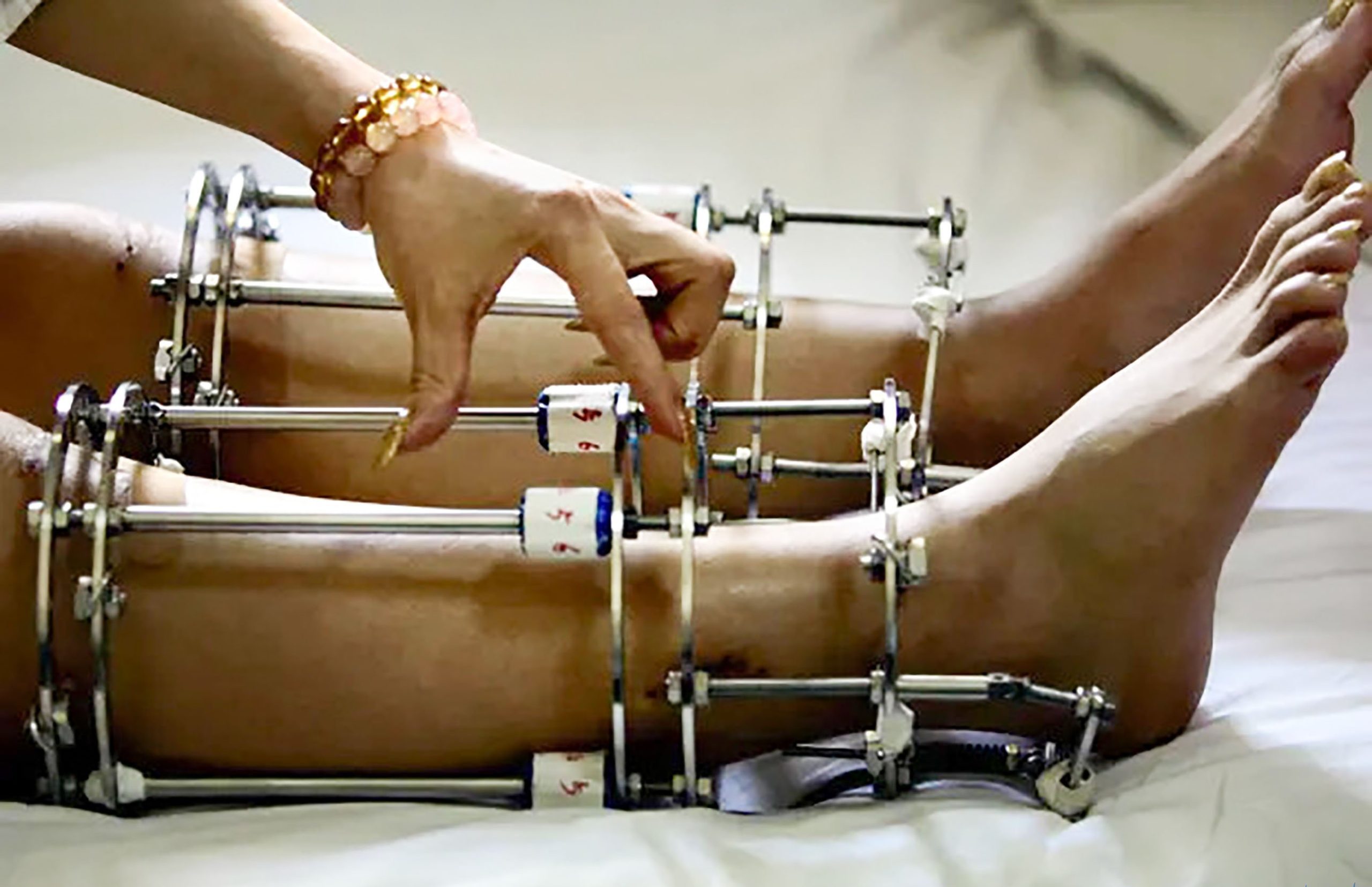
Types of Ilizarov Device
The Ilizarov device is an external fixation system used in reconstructive and orthopedic surgery for the treatment of complex fractures, deformity correction, and bone lengthening. This versatile device comes in various types, which differ based on the design and the intended use. Here are the main types of the Ilizarov device:
1. Traditional Ilizarov Device
- Description: It consists of metal rings connected to each other by rods. Metal wires and pins fix these rings to the bone.
- Use: Ideal for bone lengthening, deformity correction, and treatment of complex fractures, and can be customized to fit any part of the body.
2. Modified Ilizarov
- Description: Developments on the traditional system, including the use of half-rings or modified components to improve comfort and reduce weight.
- Use: Used in specific cases where the design of the traditional device is not optimal or needs to be modified for increased efficiency.
3. Hybrid Ilizarov Device
- Description: Combines external fixation using the rings and internal fixation using rods and screws. This design reduces the need for transosseous wires.
- Use: Particularly useful in fractures near joints or in cases requiring early weight-bearing.
Ilizarov Device with Dynamic Control
- Description: Includes mechanisms that allow for dynamic control of the compression and distraction on the bone, facilitating precise adjustments during the treatment phase.
- Use: Enhances the control over the bone healing process and is used for bone lengthening and deformity correction with high precision.
5. Pediatric Ilizarov Device
- Description: A specialized, miniaturized design that accommodates the unique anatomy and growth needs of children.
- Use: Employed in the treatment of congenital bone deformities, limb lengthening, and fractures in children.
6. Customized Systems
- Description: Customized designs based on the unique needs of the patient, potentially combining multiple components from the other types to achieve the best results.
- Use: Ideal for unique or complex treatment challenges that are not suited for standard systems.
Each type of Ilizarov device has its own advantages and specific applications, and the appropriate type is selected based on the treated bone condition, patient needs, and surgeon’s preferences. The ultimate goal is to achieve the best treatment outcomes with the minimum of complications.
Cost of Ilizarov Device in Egypt
The cost of the Ilizarov device in Egypt depends on several factors, such as the type of device, the manufacturing company, the level of complexity in the design, and also the location where the device is purchased or the surgery is performed. Prices can vary based on these criteria, as well as market fluctuations and currency changes.
The cost of the Ilizarov device in Egypt can range from a few thousand to tens of thousands of Egyptian pounds. The wide price range reflects the diversity in the designs and materials used in the devices, in addition to the costs associated with the surgical procedure itself, including hospital fees, the surgeon’s fees, and post-operative medical care.
It is important to note that prices can vary significantly based on quality and the source of purchase. An Ilizarov device obtained through specialized centers or imported from abroad may be more expensive than those available locally or from less expensive sources.
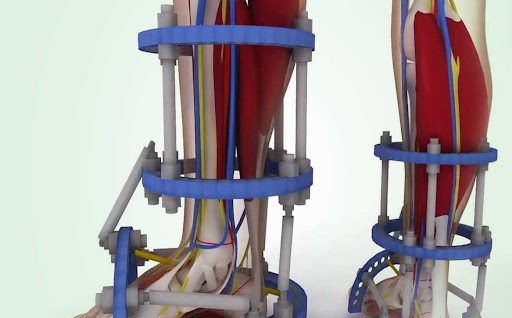
How to Handle the Ilizarov Device for Children
Handling the Ilizarov device for children requires special and meticulous care, whether by the parents or healthcare providers, to ensure optimal healing and minimize the risk of infection and complications. Here is a detailed guide on how to handle the Ilizarov device for children:
1. Wound Care and Hygiene
- Cleaning wire and pin sites: The sites where the wires and pins enter the skin should be cleaned daily with a saline solution or a recommended cleaning solution from the doctor to prevent infection.
- Daily monitoring: Look for signs of infection, such as redness, heat, swelling, or unusual discharge around the wire and pin sites.
2. Pain Management
- Medications: The doctor may prescribe pain relievers to help control the pain and discomfort the child may experience.
- Rest and cooling: Using ice packs around the painful areas (taking care not to place the ice directly on the skin) can help alleviate pain and swelling.
3. Movement and Activity
- Encouraging movement: Encourage your child to move the unaffected limbs and nearby joints to help maintain their range of motion.
- Avoiding vigorous activities: Rough play or activities that could lead to striking the device should be avoided.
4. Emotional Support
- Communication: Talk to your child about the device and its purpose. Reassure them that it is a temporary part of the healing process.
- Emotional support: Children may feel frustrated or angry due to the limitations imposed by the device. Providing continuous emotional support is crucial.
5. Educating the Child and Family: It is important that both the child and family members receive appropriate education on how to handle the device, including wound care, pain management, and recognizing signs of problems.
6. Scheduled Doctor Visits: Regular follow-up with the treating physician is necessary to assess progress, make adjustments to the device if needed, and ensure proper healing.
Is the Ilizarov device painful?
The Ilizarov device, being a surgical tool used in the treatment of complex fractures, bone lengthening, and deformity correction, can be a source of pain and discomfort for patients. The pain primarily arises from the process of inserting wires and rods through the skin and bones, as well as from the pressure and tension applied to the bones during the treatment period.
However, the level of pain and discomfort varies from person to person based on several factors, such as the patient’s overall health condition, the type and location of the injury or deformity, age, and personal pain sensitivity.
Immediately after surgery, some pain is expected as the body begins the healing process, and doctors typically prescribe pain relievers to manage this pain in the early days post-installation. Over time, the pain gradually subsides as the patient adapts to the presence of the device.
It is also important to note that, in addition to physical pain, some patients may face psychological difficulties due to the restrictions imposed by the device on movement and daily activities, requiring psychological support and encouragement from family, friends, and healthcare professionals.
To minimize pain and improve the overall patient experience, it is recommended to strictly follow medical care instructions, including wound care, pain management, and participation in recommended physical therapy and exercises to help maintain strength, flexibility, and promote healing.
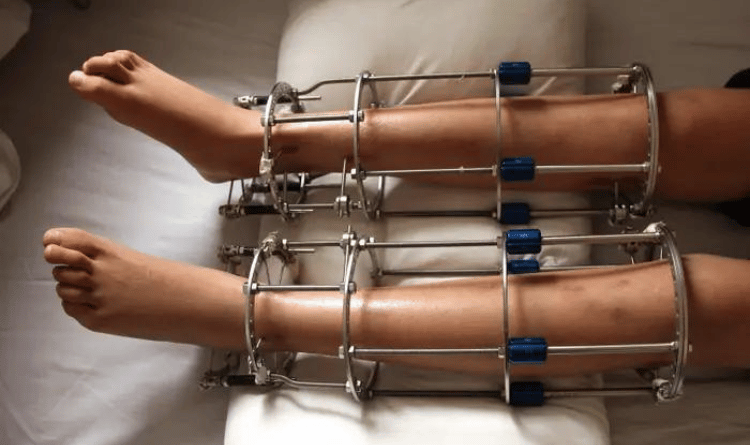
How is the Ilizarov device removed?
The removal of the Ilizarov device is an important procedure that occurs after bone healing or achieving the desired goal of treatment, whether it’s bone lengthening, deformity correction, or complex fracture healing.
This procedure, which is often performed under local or general anesthesia depending on the doctor’s assessment and the patient’s condition, requires precision and utmost care to ensure no harm is done to the bones or surrounding tissues.
During the removal process, the surgeon removes the wires, rods, and metal rings that secure the device to the bones. This step is done carefully to avoid putting any excess pressure on the treated bones.
After device removal, the patient is given specific instructions for caring for the area that was covered by the device, including how to deal with the skin and bones to facilitate healing and reduce the risk of infection.
Patients may also be recommended a rehabilitation program that includes exercises to strengthen muscles and increase range of motion in adjacent joints to the treated bones, helping the patient regain normal function as quickly as possible.
Walking with the Ilizarov device
Walking with the Ilizarov device is a crucial step in the rehabilitation and recovery process for patients undergoing treatment for complex fractures, bone lengthening, or deformity correction. Despite the challenges patients may face due to the presence of the device, walking can help improve blood circulation, strengthen muscles, and promote bone growth.
Starting to walk usually requires guidance and approval from the doctor, and partial weight-bearing on the treated limb is often recommended gradually, gradually increasing the load on the bones in a balanced and safe manner.
Initially, patients may need to use crutches or walkers to assist with weight-bearing and balance. Learning how to distribute weight correctly and control movement with the Ilizarov device is an important part of treatment, where support and assistance are adjusted based on the progress of healing and the strength of the treated limb.
It is important for patients to follow the doctor’s and physical therapist’s instructions carefully to ensure a balance between promoting healing and avoiding complications, and walking with the Ilizarov device may be challenging initially, but with time and practice, many patients become more comfortable and confident in movement.

Who is the best orthopedic doctor in Cairo?
Dr. Amr Amal is one of the leading orthopedic doctors in the region, renowned for his extensive experience and superior skills in orthopedic surgery and orthopedics. Thanks to his dedication to his field, Dr. Amr has achieved an excellent reputation in diagnosing and treating various bone injuries and diseases, including complex fractures, bone deformities, and joint problems.
What sets Dr. Amr apart is his use of the latest techniques and surgical methods, including the use of the Ilizarov device for bone lengthening and deformity correction with precision and high efficiency. Alongside his surgical skills, Dr. Amr is known for his effective and continuous communication with his patients, providing them with confidence and comfort during treatment.
He is praised for his ability to explain diagnoses and treatment options clearly and comprehensively, allowing patients to make informed decisions about their healthcare. Dr. Amr is committed to providing personalized and specialized care to each patient, focusing on achieving the best treatment outcomes and improving patients’ quality of life.

